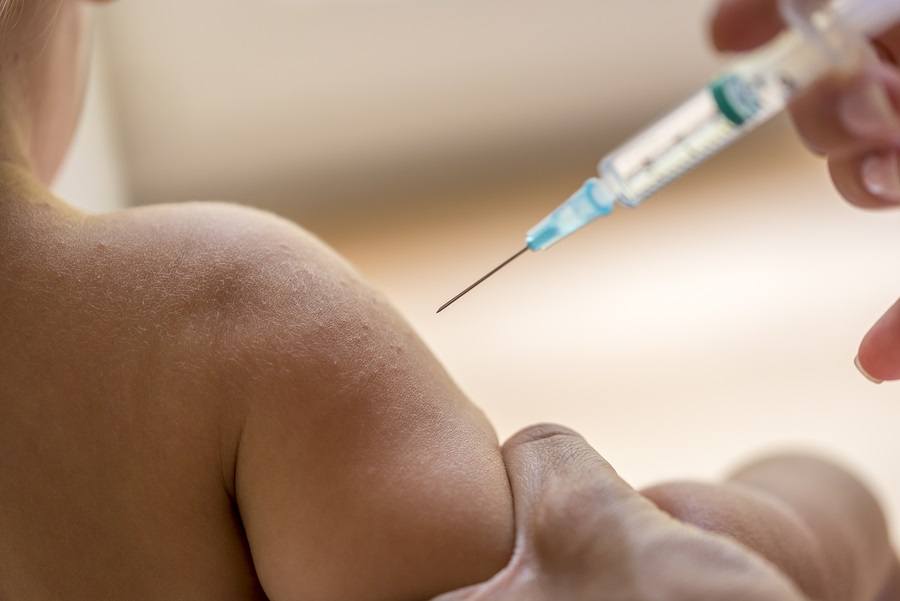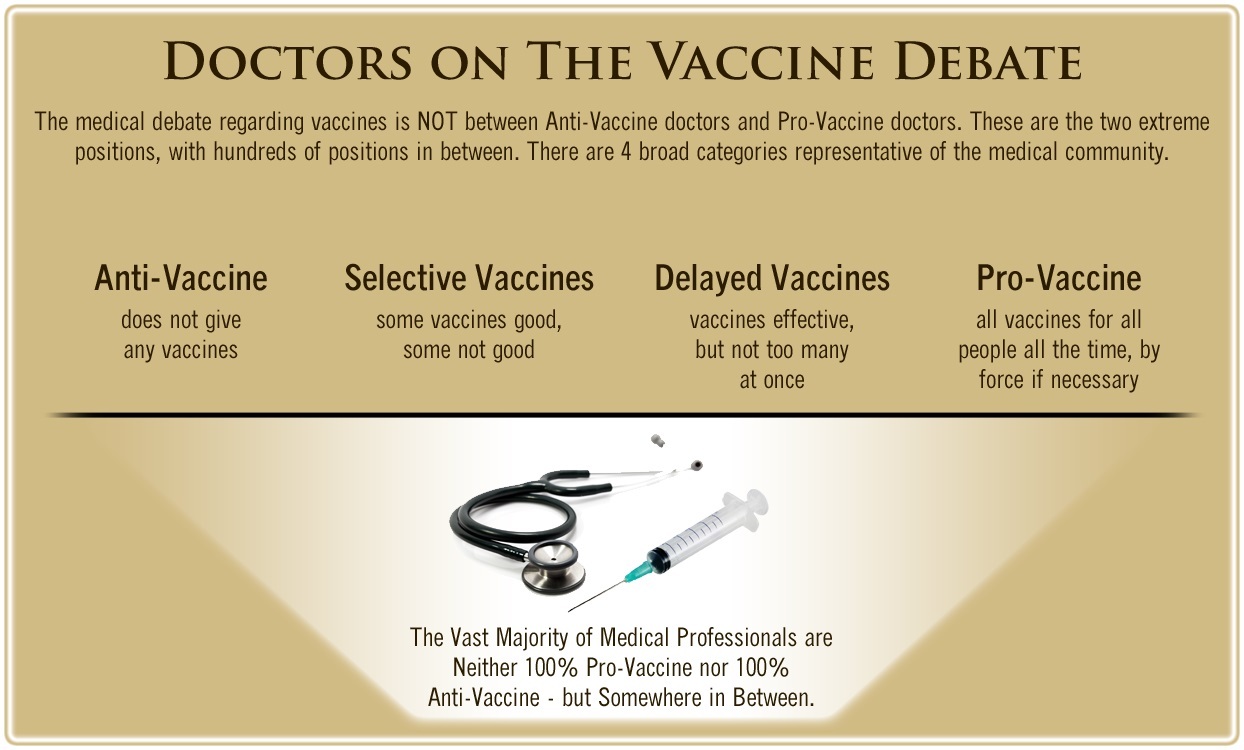
by Christina England
Health Impact News
3 Newborns Dead and 25 Others Seriously Injured After Receiving Hepatitis B Vaccinations
On March 16, 2016, the Burmese newspaper The Irrawaddy reported that three babies had died and 25 others had become seriously ill after receiving hepatitis B vaccinations from the Bago General Hospital in Burma. According to the report, the babies who became ill shortly after receiving the vaccination all suffered from symptoms of blood poisoning.

A woman lies near her newborn baby in North Dagon township hospital in Yangon Burma. REUTERS/Soe Zeya Tun – Image source.
The Health Ministry, who were said to be investigating the incident, stated that:
A total of 28 infants were administered hepatitis B vaccines at Bago General Hospital between March 4 and 7, and that by last week, three newborns had died after suffering from symptoms of blood poisoning.
The rest of the vaccinated infants were monitored and admitted to Yankin Children Hospital’s intensive care unit and Bago General Hospital after suffering respiratory distress, fits and other adverse reactions. Blood samples of the infants were sent to Rangoon’s national laboratory.
They continued:
Blood tests of the infants proved that there were bacteria in the bloodstream of the infants, which resulted in blood poisoning.
According to the report, the vaccinations were not administered as part of the regular Burmese vaccination program, but instead were purchased from a private pharmacy.
What Really Killed These Babies?
However, were vaccinations alone responsible for the infants’ ill health or were there other contributing factors?
According to The Myanmar Times, it appears that shocking neglect and unprofessional behavior on the part of the nursing staff may have also played a part in the deaths of these babies.
One clearly distressed parent told reporters what happened to their son shortly after he was vaccinated:
He was born at 4 am on March 5, and two days later received a routine inoculation for hepatitis B. Within hours, he turned blue, had difficulty breathing and blood starting coming out from his mouth.
However, instead of acting immediately as one would expect, according to the report, the doctor in the emergency room appeared to be more interested in his computer game than assisting the dying child.
The Myanmar Times wrote:
When they finally got to the emergency room, the doctor was playing a game on his phone, according to the family. He made them wait 10 to 15 minutes while he finished the game.
The doctor only began to pay attention when another parent entered the emergency unit carrying a baby with the same symptoms, according to U Thein Aung Zaw. The infants were taken to an intensive care unit, and the parents shut out. More newborns kept arriving.
The newspaper continued:
Told next to nothing by the medical staff, who would only say the infants were ‘very sick,’ the parents pinned the cases on the one thing they seemed to have in common – the hepatitis B vaccine.
The vaccine is no longer being required at birth – the national program now includes a pentavalent inoculation administered at two months – but parents said they were pressured by the nurse to agree to the injection.
Families Pressured Into Unnecessary Vaccines
U Thein Aung Zaw told reporters:
We had no money for the vaccine, but the nurse urged me to protect my child so I borrowed money for it. After my son was born, the doctor told me he was healthy and fine. By 8:30 pm they told me my son had died. They asked me if I wanted him buried in the hospital or if I wanted to take him back to my village. I couldn’t afford what they were charging at the hospital so I took my son’s body to the village.
Hepatitis B Vaccine – More Dangerous than Hepatitis?
The hepatitis B vaccine is a vaccine that was developed for the prevention of hepatitis B infection. In 1981, the first hepatitis B vaccine came into use, but was discontinued in 1990 because it was an “inactivated” vaccine and involved the collection of blood from hepatitis B virus-infected (HBsAg-positive) donors.
However, despite the introduction of a “safer” vaccine in 1986, adverse reactions continued to mount. In 1996, the U.S. alone reported that there had been 872 serious adverse events in children under the age of fourteen who had received the hepatitis B vaccine. Out of these, 48 children were said to have died. When you compare these figures to the lower figure of 279 children under the age of fourteen years who actually contracted the hepatitis B infection in the same year, one has to consider whether the vaccine was proving to be more dangerous than the threat of contracting the actual disease.
According to Dr. Gregory Damato, a total of 24,775 adverse reactions were reported to the Vaccine Adverse Events Reporting System (VAERS) between 1990 and 1999. These included 439 deaths and 9,673 emergency room visits. There were also reports of arthritis, skin disorders, compromised immunity and autoimmune disease, neurological damage, vision loss and rare eye disorders, such as optic neuritis and epitheliopathy, blood disorders, diabetes, damage to liver and kidneys, severe vomiting, and diarrhea. It is important at this stage to remind ourselves that VAERS is a U.S.-based system only, therefore the true number of adverse reactions is not known.
Currently, in the U.S., the hepatitis B vaccine is given to a baby at birth, which many see as unwise, unless the baby is known to be at risk from the virus.
Dangerous Ingredients
The current vaccine is cultivated in yeast, which, according to BioPharm International, is because:
Yeasts are distinguished by a growing track record as expression platforms for the production of pharmaceuticals. Commercially available, yeast-derived, recombinant pharmaceuticals include, among others, insulin, the anti-coagulant hirudin, interferon-alpha-2a, and various vaccines against the hepatitis B virus and papillomavirus infections. The vaccines are produced in either baker’s yeast (Saccharomyces cerevisiae), or the methylotrophic species Hansenula polymorpha and Pichia pastoris. In this article, we focus on a production process for hepatitis B vaccines in methylotrophs. Methylotrophs provide highly balanced production of both the membrane and the protein component of a recombinant viral particle. A brief outlook is given for the development of yeast strains designed for the production of other vaccine candidates.
However, this can cause children with an allergy to yeast to react very severely to the vaccine, which is causing great concern and in accordance, the Hepatitis B Foundation has stated:
The vaccine may not be recommended for those with documented yeast allergies or a history of an adverse reaction to the vaccine.
This is very worrying because if these vaccines are given to a baby on the day they are born, no one knows if:
- the baby has an allergy to yeast.
- the child has an allergy to any of the other vaccine ingredients.
Aluminum Toxicity
This vaccine also contains aluminum, another ingredient that is causing concern. In 2012, a paper written by Stephanie Seneff, Robert M. Davidson and Jingjing Liu, titled Empirical Data Confirm Autism Symptoms Related to Aluminum and Acetaminophen Exposure, confirmed that exposure to a large number of vaccinations containing the adjuvant aluminum at a young age was the most likely cause for the increase in autism and other adverse reactions to vaccines. They wrote:
In this paper, we have presented some analyses of the VAERS database which strongly suggest that the aluminum in vaccines is toxic to vulnerable children. While we have not shown that aluminum is directly causative in autism, the compelling evidence available from the literature on the toxicity of aluminum, combined with the evidence we present for severe adverse reactions occurring much more frequently following administration of aluminum-containing vaccines as compared to non-aluminum containing vaccines, suggests that neuronal damage due to aluminum penetration into the nervous system may be a significant factor in autism. The fact that mentions of autism rose steadily concomitant with significant increases in the aluminum burden in vaccines, is highly suggestive.
This is particularly bad news to any parent considering having their children vaccinated, as a growing number of the childhood vaccinations now contain the adjuvant aluminum as an ingredient.
This was explained in depth by pediatrician Robert Sears, in his excellent article published in the magazine Mothering in 2008.
Dr. Sears is another professional exceptionally worried about the effects of aluminum on children’s health. In an article warning mothers about the dangers of vaccinations containing the adjuvant, titled Is Aluminum The New Thimerosal?, Dr. Sears explained that aluminum is added to vaccinations to help them work more efficiently.
He stated that although this would not normally be a problem because aluminum is a naturally occurring element found everywhere in our environment, including our food, water, air and soil, he had become worried about the effects that aluminum was having on children’s health. He began to wonder if anyone had ever actually tested the safe level of injected aluminum.
During his research, he came across a number of extremely worrying documents. However, few were as worrying as the one written by the American Society for Parenteral and Enteral Nutrition (ASPEN). Describing the document in depth, Sears wrote:
The source of the daily limit of 4 to 5 mcg of aluminum per kilogram of body weight quoted by the ASPEN statement seems to be a study that compared the neurologic development of about 100 premature babies who were fed a standard IV solution that contained aluminum, with the development of 100 premature babies who were fed the same solution with almost all aluminum filtered out. The study was prompted by a number of established facts: that injected aluminum can build up to toxic levels in the bloodstream, bones, and brain; that preemies have decreased kidney function and thus a higher risk of toxicity; that an autopsy performed on one preemie whose sudden death was otherwise unexplained revealed high aluminum concentrations in the brain; and that aluminum toxicity can cause progressive dementia.
He continued by giving some extremely alarming facts, of which few parents are aware:
However, none of these documents or studies mentions vaccines; they look only at IV solutions and injectable medications. Nor does the FDA require labels on vaccines warning about the dangers of aluminum toxicity, although such labels are required for all other injectable medications. All of these studies and label warnings seem to apply mainly to premature babies and kidney patients. What about larger, full-term babies with healthy kidneys?
He explained:
However, these documents don’t tell us what the maximum safe dose would be for a healthy baby or child, and I can’t find such information anywhere. This is probably why the ASPEN group suggests, and the FDA requires, that all injectable solutions be limited to 25 mcg; we at least know that that level is safe.
If this is so, then why do the recommended childhood vaccinations include far above the recommend amounts of aluminum? According to Dr. Sears, the levels of aluminum included in childhood vaccinations are as follows:
- DTaP (diphtheria, tetanus, and pertussis): 170–625 mcg, depending on
manufacturer - hepatitis A: 250 mcg
- hepatitis B: 250 mcg
- Hib (for meningitis; PedVaxHib brand only): 225 mcg
- HPV: 225 mcg
- Pediarix (DTaP–hepatitis B–polio combination): 850 mcg
- Pentacel (DTaP–Hib–polio combination): 330 mcg
- Pneumococcus: 125 mcg (emphasis added)
You do not have to be medically qualified to understand that these levels far exceed the safe levels recommended by ASPEN, especially when you consider that a newborn baby is vaccinated with the hepatitis B vaccine, containing 250 mcg of aluminum, at birth!
In fact, according to Dr. Sears, the FDA stated that:
Although aluminum toxicity is not commonly detected clinically, it can be serious in selected patient populations, such as neonates (newborns), and may be more common than is recognized.
If this is true, then why are all newborn infants, including those born prematurely, vaccinated at birth against hepatitis B, with a vaccine loaded with more than the recommend safe levels of aluminum?
For more information on the dangers of aluminum in vaccines, read the large number of papers archived on the CMSRI (Children’s Medical Safety Research Institute) website.
Doctors Worldwide Express Concern about the Hepatitis B Vaccine
One doctor, who was pro-vaccine, the late Dr. Bernadine Healy, expressed her concern about infants receiving the hepatitis B vaccine. She, alongside other medical experts, was concerned about exposing infants to the vaccines’ potential side effects at such an early age, unless the infant is at risk of contracting the disease.
Speaking to CBS News, she and her colleagues reasoned whether or not infants should be vaccinated at such an early age. She stated:
It’s unnecessary to expose infants to this vaccine and its potential side effects at such an early age, unless they are at special risk for contracting the disease; most infants have no direct contact with body fluids of someone infected with hepatitis B, so what’s the rush in exposing them to the series of vaccinations?
Speaking to VRAN (Vaccination Risk Awareness Network), Dr. Girard suggested that even in high-endemic countries, the risk/benefit ratio of what he described as “this unusually toxic vaccine” must be carefully reassessed.
VRAN stated:
Dr. Girard recently disclosed evidence demonstrating that this specific vaccine is remarkable by the unusual frequency, severity and variety of its adverse events. He also reported that studies performed by the French health authorities and revealing clear auto-immune risks have remained unpublished.
Another organization that is concerned that the hepatitis B vaccine is being given to all infants in the U.S. regardless as to whether or not they are at risk from the virus is the Children’s Medical Safety Research Institute (CMSRI). Claire Dwoskin, founder of the organization, wrote:
So, what about the overwhelming majority of infants who won’t engage in any of the activities that put individuals at risk for catching hepatitis B, or whose mothers have not tested positive for the disease? Does it still make sense to administer a hepatitis B vaccine in infancy?
Additionally, the hepatitis B vaccine currently administered to infants was previously only recommended to adults who were at a high risk for contracting the disease. However, because a large percentage of these high-risk individuals elected not to receive the vaccine, the government adopted an alternative approach to managing hepatitis B: universal administration. Thanks to the choices of a minority of high-risk individuals, now all children born in the U.S. must receive a vaccine at a time in which their immune systems are still fragile.
Conclusion
Clearly, there is much controversy surrounding the safety of the hepatitis B vaccination. Whether or not it was the vaccine itself that caused the outbreak of blood poisoning in Burma or unsanitary hospital conditions has not been officially determined. However, all vaccinations should be rigorously tested and proven to be safe and effective prior to recommendation. The vaccines must also be appropriately handled and administered by knowledgeable and competent medical professionals and when adverse reactions do occur, the staff must be trained to recognize the potential for vaccines to be the cause and be able to provide the necessary care to protect each valuable life.
Medical Doctors Opposed to Forced Vaccinations – Should Their Views be Silenced?
One of the biggest myths being propagated in the compliant mainstream media today is that doctors are either pro-vaccine or anti-vaccine, and that the anti-vaccine doctors are all “quacks.”
However, nothing could be further from the truth in the vaccine debate. Doctors are not unified at all on their positions regarding “the science” of vaccines, nor are they unified in the position of removing informed consent to a medical procedure like vaccines.
The two most extreme positions are those doctors who are 100% against vaccines and do not administer them at all, and those doctors that believe that ALL vaccines are safe and effective for ALL people, ALL the time, by force if necessary.
Very few doctors fall into either of these two extremist positions, and yet it is the extreme pro-vaccine position that is presented by the U.S. Government and mainstream media as being the dominant position of the medical field.
In between these two extreme views, however, is where the vast majority of doctors practicing today would probably categorize their position. Many doctors who consider themselves “pro-vaccine,” for example, do not believe that every single vaccine is appropriate for every single individual.
Many doctors recommend a “delayed” vaccine schedule for some patients, and not always the recommended one-size-fits-all CDC childhood schedule. Other doctors choose to recommend vaccines based on the actual science and merit of each vaccine, recommending some, while determining that others are not worth the risk for children, such as the suspect seasonal flu shot.
These doctors who do not hold extreme positions would be opposed to government-mandated vaccinations and the removal of all parental exemptions.
In this article, I am going to summarize the many doctors today who do not take the most extremist pro-vaccine position, which is probably not held by very many doctors at all, in spite of what the pharmaceutical industry, the federal government, and the mainstream media would like the public to believe.






Leave a Reply